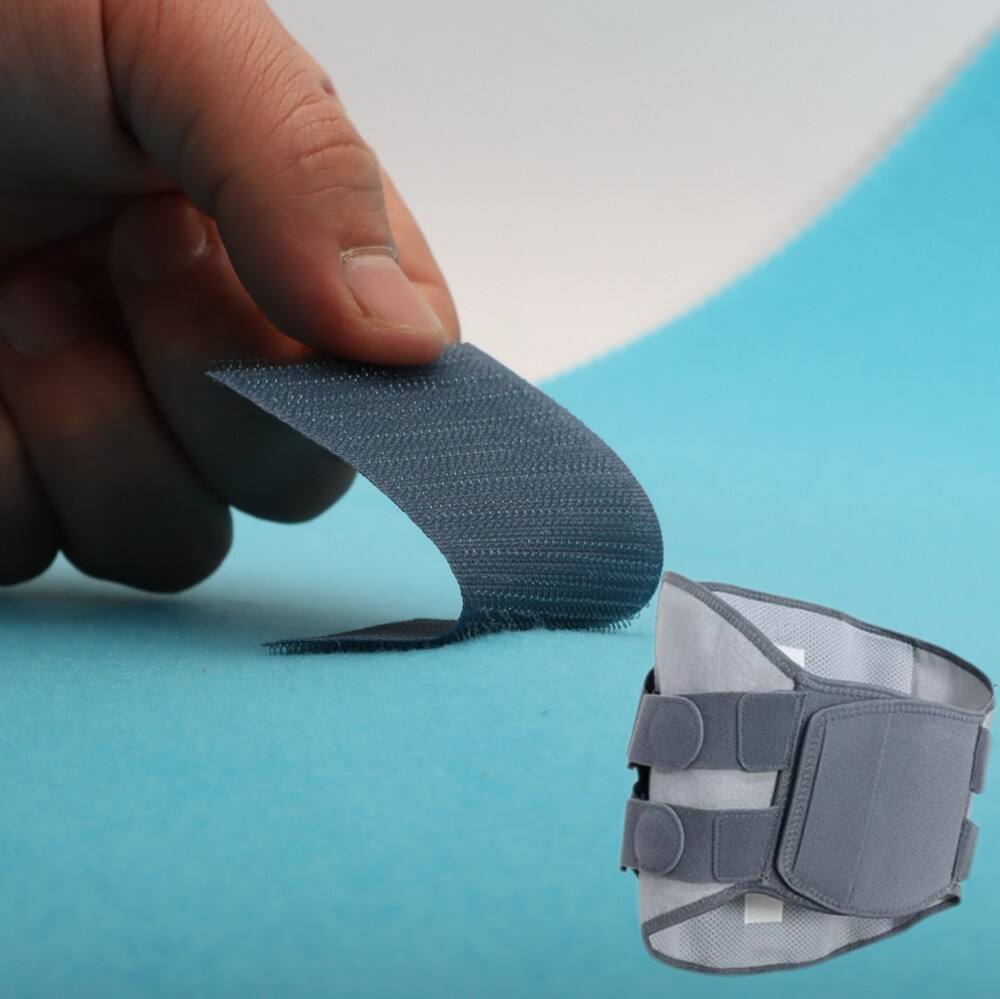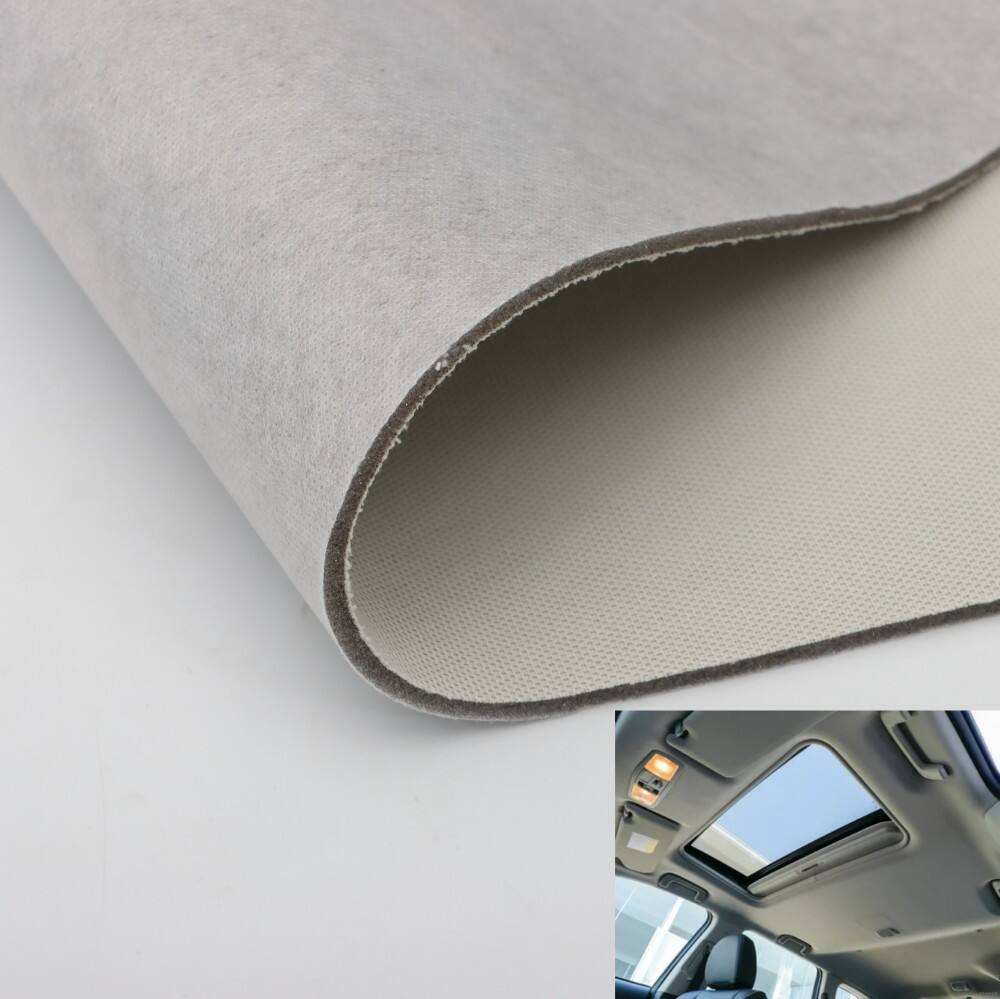Understanding Laminated Foam Fabric in Modern Healthcare
The medical industry continuously evolves with innovative materials that enhance patient comfort and treatment efficacy. Laminated foam fabric stands at the forefront of these advancements, combining the durability of technical textiles with the comfort of foam materials. This versatile composite material has revolutionized numerous medical applications, from surgical tables and examination beds to wheelchair cushions and orthopedic supports.
Medical professionals and healthcare facility managers must understand the intricate details of laminated foam fabric to make informed decisions about their medical equipment and patient care materials. The right choice can significantly impact patient comfort, recovery times, and overall treatment outcomes.
Essential Properties of Medical-Grade Laminated Foam Fabric
Material Composition and Structure
Laminated foam fabric consists of multiple layers strategically bonded together to create a superior medical-grade material. The foam core provides cushioning and support, while the fabric layers offer durability and specific surface properties. The lamination process ensures these layers work together seamlessly, preventing delamination and maintaining structural integrity even under intense use.
The foam layer typically utilizes materials like polyurethane or memory foam, selected for their pressure-distribution properties and resilience. The outer fabric layers may incorporate antimicrobial treatments and moisture-wicking capabilities, essential for maintaining hygiene in medical environments.
Performance Characteristics
Medical-grade laminated foam fabric must meet stringent performance requirements. Key characteristics include excellent tear strength, dimensional stability, and resistance to repeated compression. The material should maintain its properties even after numerous cleaning cycles and sterilization procedures.
Additionally, these materials must demonstrate optimal breathability to prevent moisture accumulation and heat buildup, which could compromise patient comfort or lead to skin-related complications. The surface texture should provide adequate friction to prevent patient sliding while remaining smooth enough to avoid skin irritation.
Safety and Compliance Considerations
Regulatory Standards
When selecting laminated foam fabric for medical applications, compliance with healthcare industry standards is non-negotiable. The material must meet specific requirements set by regulatory bodies regarding flammability, toxicity, and biocompatibility. Look for certifications that validate the material's safety for medical use, including ISO 10993 for biocompatibility testing.
Environmental considerations also play a crucial role, with many healthcare facilities now prioritizing materials that meet sustainability standards while maintaining their medical-grade properties. This includes considerations for end-of-life disposal and the potential for recycling components.
Hygiene and Maintenance Requirements
The ability to maintain strict hygiene protocols is essential in medical settings. Laminated foam fabric should resist bacterial growth and be compatible with common hospital-grade disinfectants. The material's surface should be easy to clean and disinfect without compromising its structural integrity or comfort properties.
Consider the frequency of cleaning required in your specific application and ensure the chosen material can withstand repeated exposure to cleaning agents without degradation of its physical or mechanical properties.
Application-Specific Selection Criteria
Patient Contact Duration
The intended duration of patient contact significantly influences material selection. For short-term contact applications like examination tables, different priorities may apply compared to long-term use scenarios such as hospital bed mattresses or wheelchair cushions. Consider factors like pressure distribution, heat dissipation, and moisture management based on the expected duration of use.
Materials for extended patient contact should demonstrate superior pressure-relieving properties and maintain consistent performance over time to prevent pressure-related complications and ensure patient comfort throughout their care journey.
Environmental Factors
Consider the specific environmental conditions where the laminated foam fabric will be used. Different medical settings may present varying challenges, from high-humidity environments in therapy rooms to temperature-controlled operating theaters. The material should maintain its properties across these different conditions while continuing to provide optimal performance.
Additionally, consider exposure to bodily fluids, medical solutions, and other substances common in healthcare settings. The chosen material should resist degradation from these exposures while maintaining its essential characteristics.
Cost Considerations and Long-term Value
Initial Investment vs. Lifecycle Costs
While initial material costs are important, evaluating the total cost of ownership provides a more accurate picture of value. Consider factors such as durability, maintenance requirements, and expected service life when comparing different laminated foam fabric options. Higher-quality materials may command premium prices but often deliver better long-term value through extended service life and reduced replacement needs.
Calculate the potential cost savings from reduced maintenance requirements, longer replacement intervals, and improved patient outcomes when evaluating different material options. This comprehensive approach helps justify investment in premium materials that offer superior performance and longevity.
Performance Impact on Operating Costs
The right laminated foam fabric can positively impact various operational aspects of healthcare facilities. Improved durability can reduce replacement frequency, while better cleaning properties can save time and resources in maintenance. Consider how material properties might affect staff efficiency and patient outcomes when evaluating different options.
Factor in potential cost savings from reduced complications, shorter patient recovery times, and improved satisfaction scores when selecting materials. These indirect benefits can significantly influence the overall value proposition of premium materials.
Frequently Asked Questions
What makes laminated foam fabric suitable for medical applications?
Laminated foam fabric combines durability, comfort, and safety features essential for medical use. It offers pressure distribution, moisture management, and antimicrobial properties while meeting stringent healthcare regulations and maintaining patient comfort.
How often should laminated foam fabric medical equipment be replaced?
Replacement intervals depend on usage intensity, maintenance practices, and specific applications. Generally, high-quality laminated foam fabric products should maintain their properties for 3-5 years under normal use, though regular inspection for signs of wear or degradation is recommended.
Can laminated foam fabric be effectively sterilized?
Yes, medical-grade laminated foam fabric can withstand common sterilization methods, including chemical disinfection and some forms of heat treatment. However, specific sterilization protocols should align with manufacturer recommendations to maintain material integrity.







